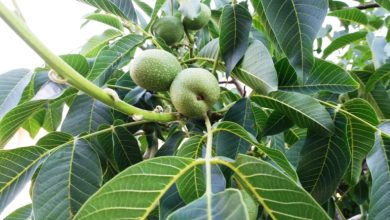Meet the astilbe: care and use in floristry
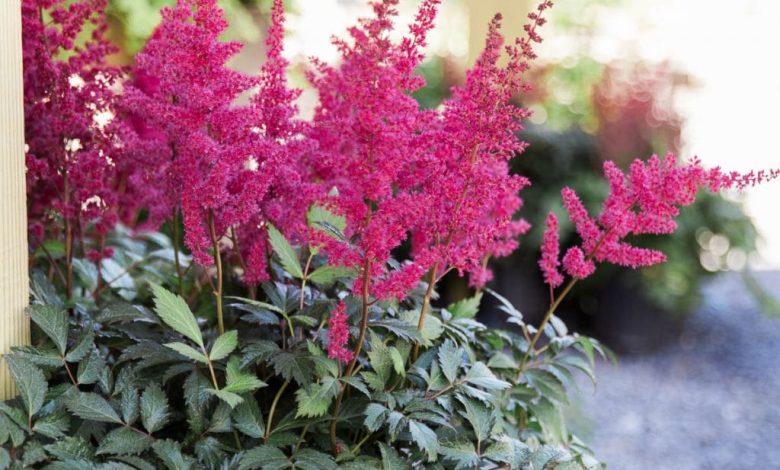

The astilbe is one of the most used plants in floristry but also to embellish gardens. However, despite its apparent popularity, we could say that it is a rather unknown plant. We have become accustomed to its presence and, despite the incredible beauty of its flowering, the vast majority of the time we do not know how to identify it. Something that today we want to solve with this post.
Native to China, Japan, and North America; the astilbe is a perennial plant with a perennial character. Or, put another way, that its stems and leaves dry completely when the cold months arrive to regrow in spring. Beyond this detail, it is important to know that we are talking about a rustic plant species. An important detail, since with proper care, the astilbe can live for more than ten years.
Due to its beauty and simplicity, astilbe is a perfect companion for any exterior. So let’s get to know how to enjoy one of the most striking outdoor plants that exist.
ASTILBE CARE
Let’s make a stop along the way before knowing more about him. Because, although the astilbe is originally an outdoor plant, it can also be included among our indoor plants. How is it possible? Easy. In the same way that we consider how to plant daffodils on date and in a forced way, we can do the same with astilbe. What’s more: the spectacular nature of its flowering and its adaptation to growing in pots have made its cultivation indoors popular in recent years.
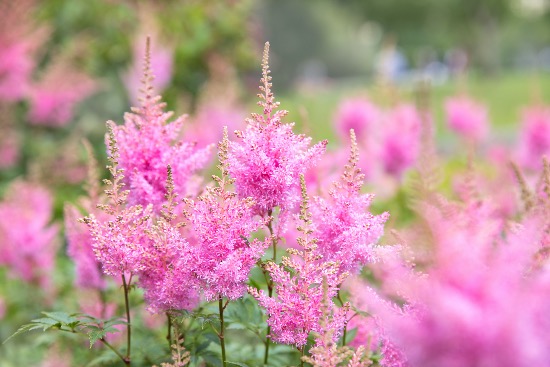
But, although it is possible to have an astilbe indoors, it is important to know something. Only planted in the ground can we enjoy its spectacular growth, which varies depending on the variety between 80 centimeters and a meter and a half in height. A size that, in the flowering months, will be a plus of spectacularity. It is its duster-shaped flowers that make this plant simply irresistible. And, as if this were not enough, it is important to know one more detail: depending on the species, we can enjoy colors that range from white to red, passing through lilacs and purples.
Let’s learn how to grow astilbe. The best bet to enjoy our plant for many years and, above all, its flowers.
1. A very bright location, the starting point
Fundamental. Astilbe needs a good dose of light to be able to flower properly. However, if we live in a very hot climate, we will have to take the precaution of planting it in a semi-shaded place in the middle of the day.
If it does not receive the amount of light it needs, its flowering will not be generous.
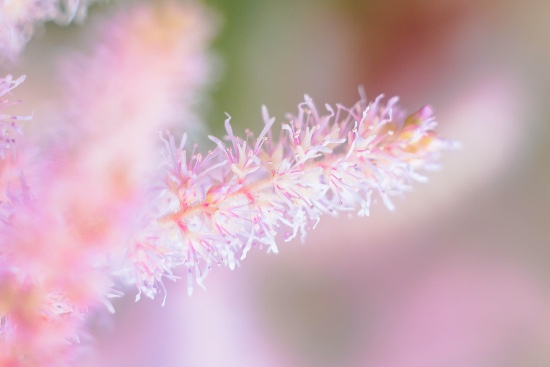
2. A permanently moist soil, key for astilbe
It is, without a doubt, the most demanding care of this plant. Let’s have something clear: the astilbe is perfect as a marshy plant. Therefore, if we consider how to make a pond for the garden and we want to decorate it with plants, the astilbe should not be missing among our pond plants. Not only will it beautify the whole but, in addition, we will be providing the perfect soil for its growth.
And what is this soil we are talking about? One permanently wet. A fundamental characteristic for its growth that should not be taken into account in isolation. In order for that level of humidity to occur, there are some factors that we must take into account. The soil should have a pH of between six and seven: not too calcareous and not too acidic. In addition, it is essential that it has a fertile and slightly loose soil, to avoid caking. And, finally, fundamental: a correct drainage.
3. An irrigation that maintains humidity, extremely important for astilbe
During the rainy season, this water will suffice to keep the soil wet. However, in the hot months we will have to be more aware of the astilbe to maintain that necessary constant humidity. To avoid evaporation, we can make an organic mulching that favors both water retention and soil fertilization.
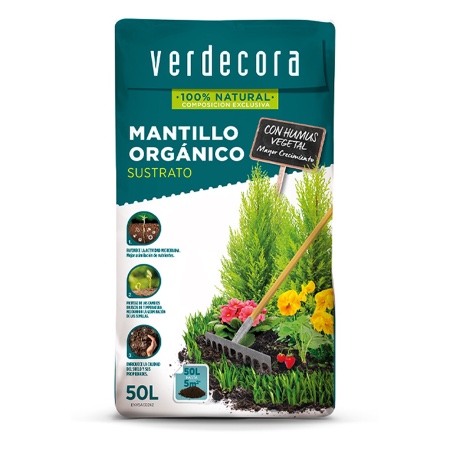
Apart from this, what is, then, the ideal irrigation pattern? Simple: a couple a week, and always keeping an eye on the degree of humidity in the soil. The astilbe does not tolerate drought but it cannot live long in waterlogged either.
4. A warm temperature, essential in the flowering months
Although it is highly acclimatized to our latitudes, we must not lose sight of the fact that it is a subtropical plant. For this reason and if we live in a very cold climate, we can only grow it in pots and always protect it from frost. Below zero degrees and for a long time, it is possible for the plant to die.
Also pay attention to late spring frosts: they can ruin its flowering.
5. A regular subscriber from the beginning of spring, ally of its flowering
Astilbe is a resource demanding plant. In the same way that it needs a lot of moisture, it also demands nutrients. For this reason and from the beginning of spring, it will be important to pay at least twice before the arrival of autumn.
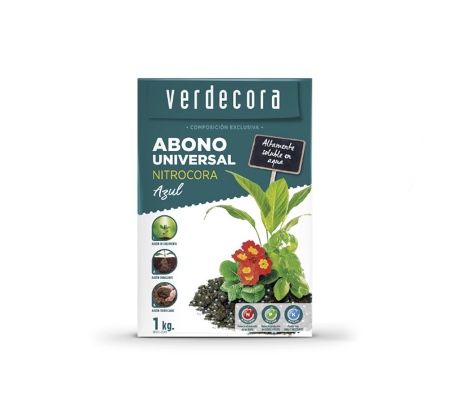
If we have it planted directly in the ground, we can apply mulch. If we are growing it in a pot, we can also opt for a slow-release fertilizer.
In both cases, it is important to fertilize in the absence of strong sun.
THE ASTILBE IN FLORISTS
Beyond its beauty as an ornamental plant, the astilbe has gained ground in recent years in the world of floristry. What’s more: we could say that, in some bouquets such as bridal bouquets, it has become a true essential to the point of often being the only flower present in the arrangement.
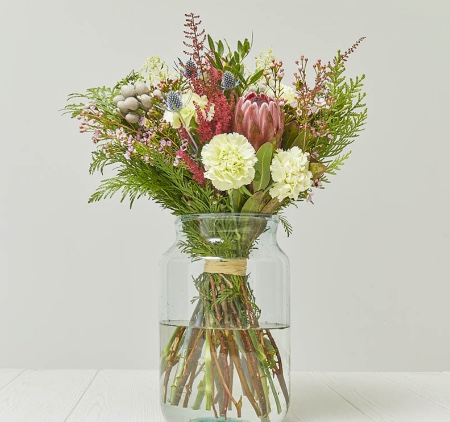
Apart from these bouquets for such an important day, astilbe is very present in many other flower arrangements. And it is perfectly logical. We are talking about a flower capable of putting a unique bohemian touch in any bouquet due to its unique flowering. But it is not the only reason why it is one of the most special cut flowers. In addition, the astilbe has an elegant wild touch that affects, even more, the romantic character of this flower.
How not to make astilbe a plant that you have to enjoy, whether in the garden, in a pot or in a bouquet, yes or yes?

![Photo of How to Plant Spinach: Basic Guide [Step by Step + Images]](https://www.complete-gardening.com/wp-content/uploads/2022/08/how-to-plant-spinach-basic-guide-step-by-step-images-390x220.jpg)

